#Cyclades Greece
Text
The most beautiful time of the day 🌅
📍Sifnos island (Σίφνος) - @cyclades-islands | chapel of the Seven Martyrs 💙
🎥by: https://www.instagram.com/reel/C275XKCrPHm/?igsh=MTBuY3R4dTFpN3Y0Yg==
#cyclades#greece#travel#summer#cyclades_islands#κυκλαδες#ελλαδα#aegeansea#visitgreece#greeksummer#sifnos island#sifnos#sifnos cyclades#cyclades Greece
152 notes
·
View notes
Text

#greece#ελληνικο tumblr#greek posts#greek summer#greek tumblr#greece travel#visitgreece#ελληνικο ποστ#greek quotes#paros#paros island#cyclades greece
324 notes
·
View notes
Text
uhm he'll be having some pumpkin soup on your dashboard now... thank you.

(first time I ever attempted to animate something with gimp lol. same figurine as yesterday.)
(Zoomorphic vase in the shape of an animal, a little bear or a hedgehog, holding a bowl. Chalandriani, Syros. Early Cycladic II period, Keros-Syros Culture (2800-2300 BC).
2K notes
·
View notes
Photo

Dinner for two. Lycabettus restaurant in Oia, Santorini, Greece.
#greece#europe#romantic#sunset#travel#restaurant#luxe#santorini#oia#lycabettus restaurant#cyclades#cycladic islands#greek islands
3K notes
·
View notes
Photo

Apothikes Beach
Andros Island, Greece 🇬🇷 ❤
IG: stelpan_
#andros#andros island#greece#greek#greek islands#greek island#cyclades#cyclades islands#sea#rococo#aegean
5K notes
·
View notes
Text

S a n t o r i n i
1K notes
·
View notes
Text
Prehistoric Figurine of a Harp Player, from the Cyclades (Greece), c. 2700-2300 BCE: this figurine was shaped from a block of solid marble and then slowly sanded into form using pumice and emery

The figurine depicts a musician with a frame harp, an instrument that originated in the Near East and then later spread to the peoples of the Aegean. A sound box forms the section along the base of the instrument, and a small protrusion can be seen near the top of the harp's frame; some experts have argued that this protrusion might represent an ornamental carving of a waterfowl's head, while others argue that it represents a musical extension that facilitates the projection of sound (a feature that often appears on the stringed instruments of the ancient Near East).
This piece measures 35.8cm (about 14 inches) tall.
Musical performances like this are rarely depicted in Cycladic artwork. Depictions of male characters are similarly rare, representing only 5% of the Cycladic sculptures that are known to exist. When male figures are depicted, however, they are frequently shown playing musical instruments, as seen here.

Figurine of a Harpist, c. 2800-2700 BCE: a similar example of a Cycladic sculpture that features a musician with a frame harp
The Museum of Cycladic Art provides a more detailed explanation of the process by which these figures were created:
As we can deduce from the few unfinished figurines that have been discovered so far, the first step in the process was to roughly shape the raw piece of marble into a figure by the impact of a mallet. Emery powder was then used to abrade the surface until it obtained the desired shape and size. Once the desired shape was achieved, the surface was smoothed carefully before the fine work of carving the details started. At the end, the figurine was polished to a high degree that is still amazing.
And according to The Met:
Many of these figures, especially those of the Spedos type, display a remarkable consistency in form and proportion that suggests they were planned with a compass. Scientific analysis has shown that the surface of the marble was painted with mineral-based pigments—azurite for blue and iron ores, or cinnabar for red.
The Cycladic Islands (also known as the Cyclades) are a group of about 30 separate islands in the Southwest Aegean, off the coast of mainland Greece. These islands contain a wealth of natural resources, including marble, emery, pumice, obsidian, and an assortment of precious metals. The prehistoric peoples of the Cyclades made use of these resources for many different purposes, but the marble figurines/sculptures that they crafted during the Bronze Age are perhaps their most famous creation.
The vast majority of these figurines are stylized depictions of the female form. The cultural significance of the sculptures remains unclear; they may have simply been created as decorative pieces/artwork, without any additional function, or they may have been used as fetishes, totems, religious idols, grave goods, or votive offerings.
Sources & More Info:
The Getty Museum: Figurine of a Harp Player
The Met: Cycladic Harp Player
The Met: Early Cycladic Art and Culture
The Museum of Cycladic Art: Techniques
#archaeology#history#artifact#ancient history#prehistoric art#art#sculpture#music#greece#cycladic#bronze age#anthropology#harp
1K notes
·
View notes
Text

Cyclades, Greece 💙
📷 @George Meis
606 notes
·
View notes
Photo
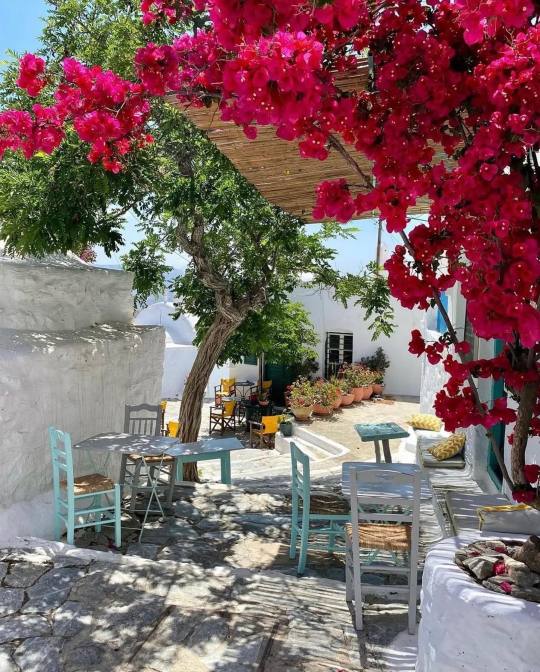
Amorgos Island 🇬🇷 ♥
IG: places.in.greece
#amorgos#greece#cyclades#cyclades islands#europe#travel#wanderlust#places#travel goals#summer#helas#tavern#greek island#gree#summer aesthetic#bougainvillea
410 notes
·
View notes
Text



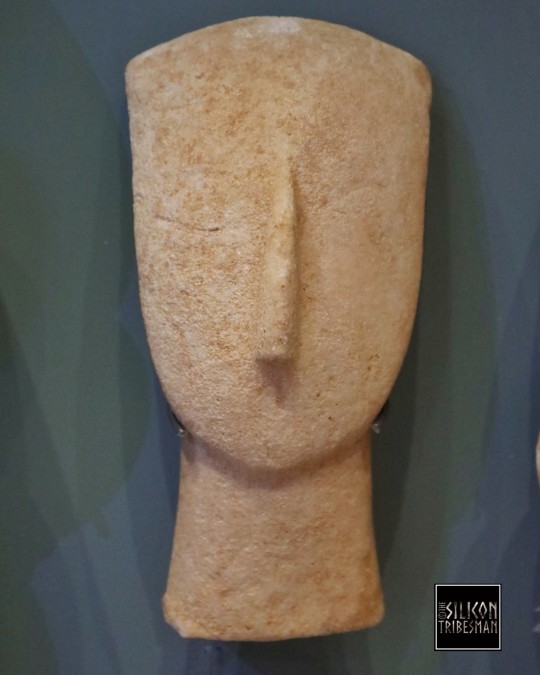


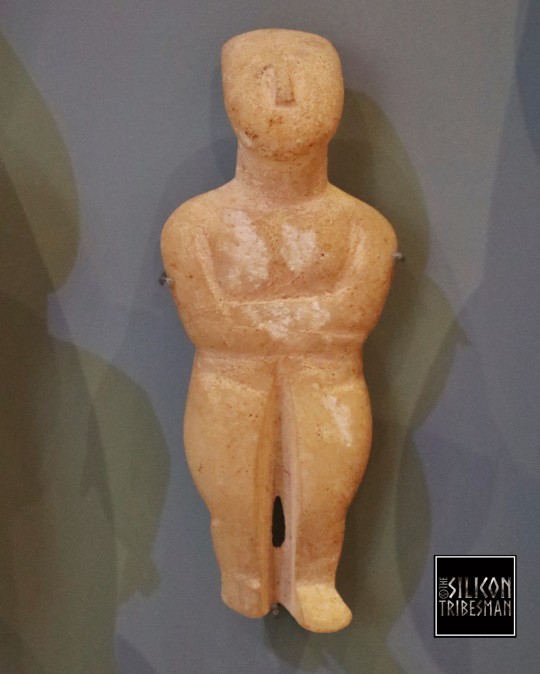

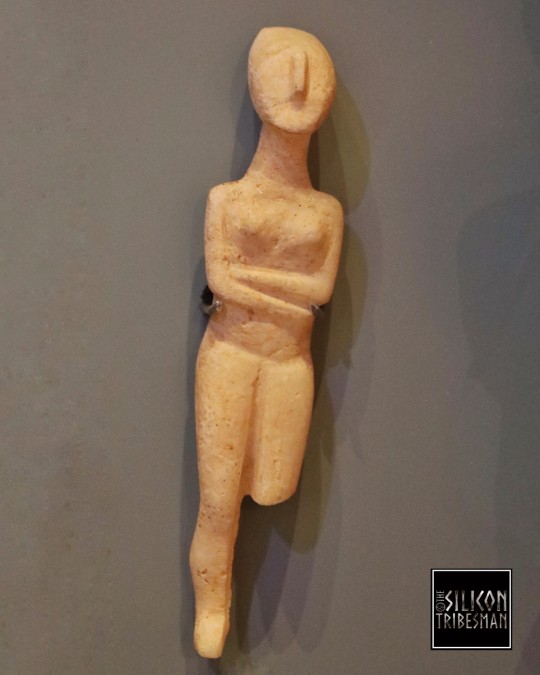
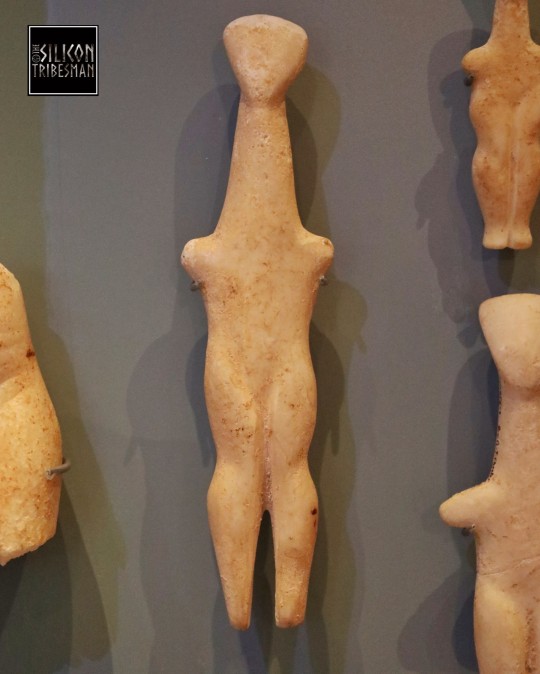
Cycladic Figurines of Ancient Greece, 4th and 3rd Millennium BCE
Most of the marble figures were sculpted in the Cyclades during the late 4th and 3rd Millennium BCE. The sculptors used simple tools, like obsidian for cutting and emery for polishing.
Found in settlements and tombs, these figures may have served as representations of the dead, of gods and goddesses and their followers or as offerings and amulets.
When the figures were first discovered, some still bearing traces of painted decoration, they were generally considered crude and ugly. Later in the 20th century their simple form influenced artists like Picasso, Modigliani and Moore.
Ashmolean Museum, Oxford
#cyclades#cycladicfigures#archaeology#ancient craft#ancient cultures#ancient living#ancient sites#greece#votive#offering#marble#statuette#figure
107 notes
·
View notes
Photo

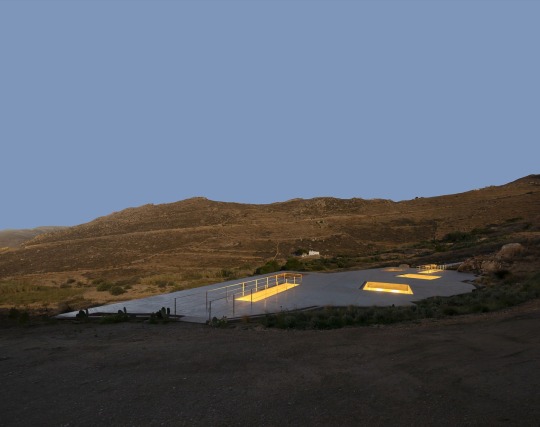
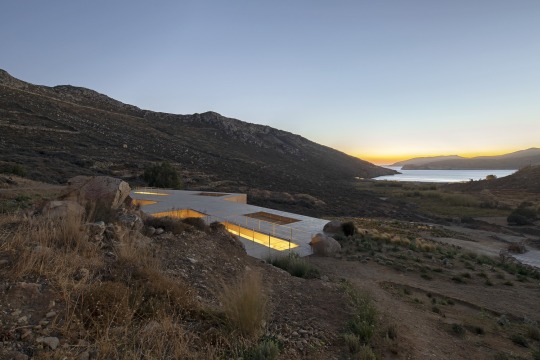


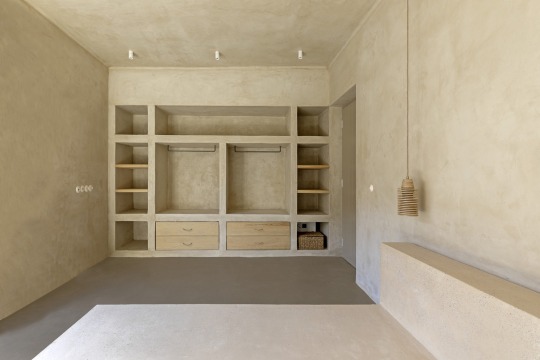

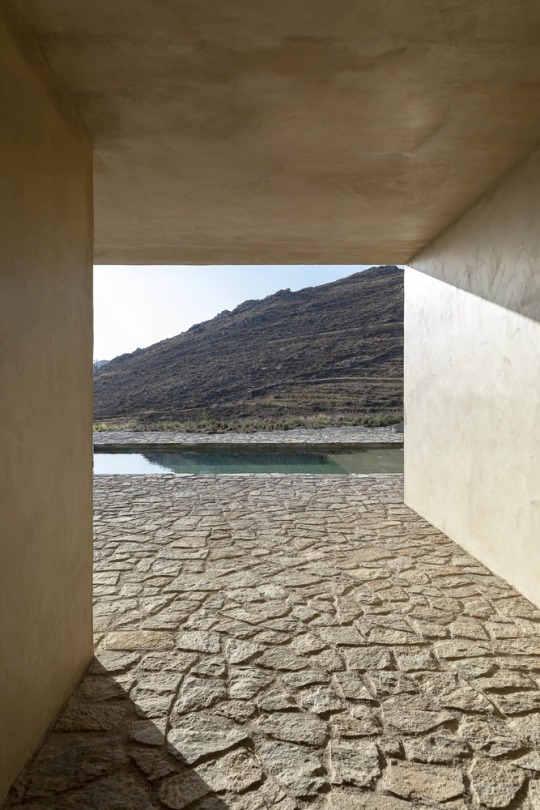
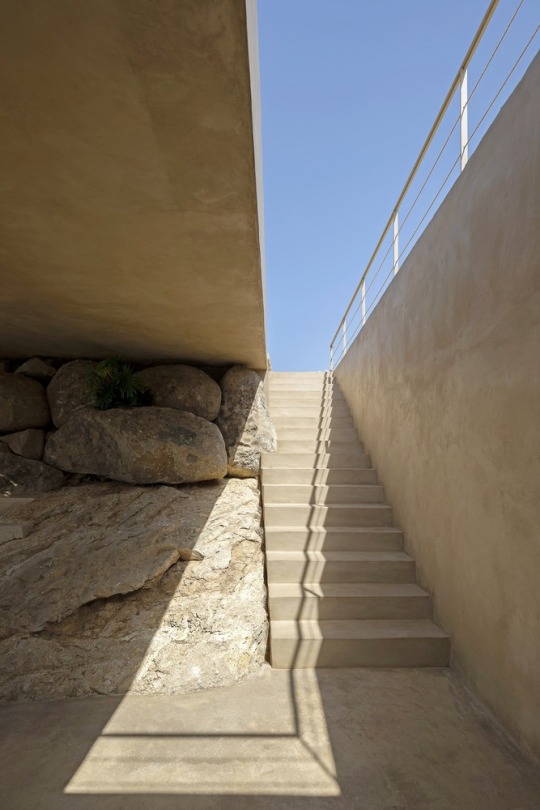

“Homa” Boutique Hotel, Vagia - Serifos, Cyclades Islands, Greece,
MOLD Architects
#art#design#architecture#boutique hotel#minimalism#greece#serifos#cyclades islands#homa vagia#vagia#mold architecture#travels#retreat#beach hotel#soil
301 notes
·
View notes
Text
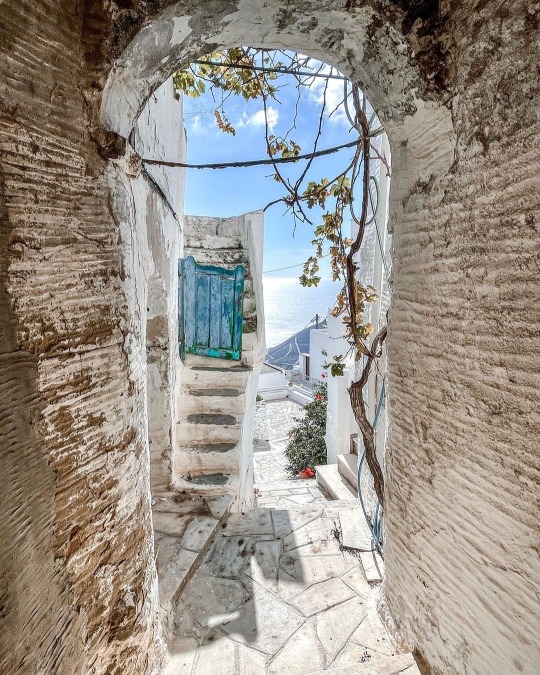
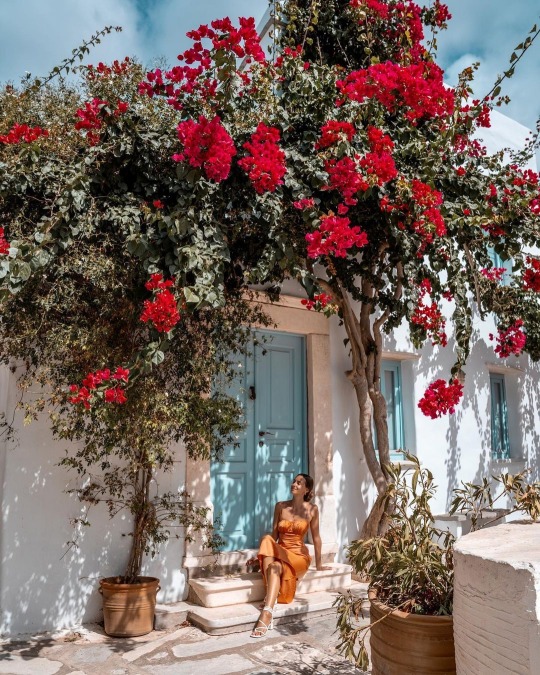

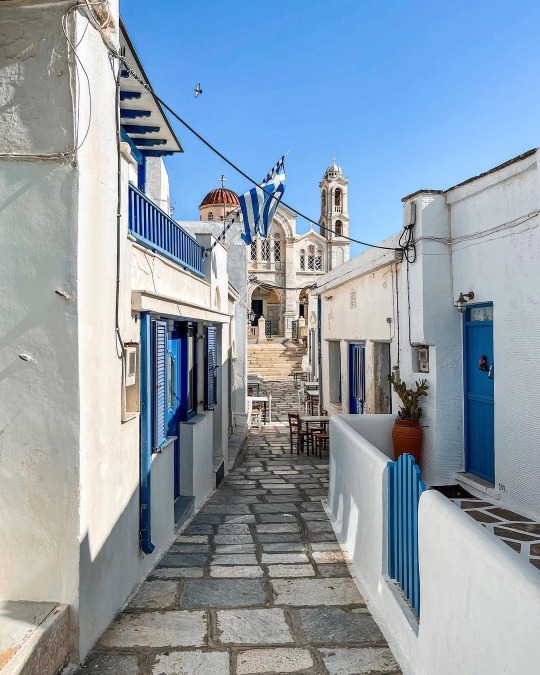

Explore 📍Tinos island (Τήνος) - @cyclades-islands 💙
Traditional villages, breathtaking landscapes, untouched beaches and Cycladic architecture create a unique atmosphere that never fails to captivate the visitors!!!
📸 by: https://www.instagram.com/p/C12Xa0iLKHT/?igsh=ZzRkcHNxbjZveHpl
#cyclades#greece#travel#summer#cyclades_islands#κυκλαδες#ελλαδα#aegeansea#visitgreece#greeksummer#Tinos#Tinos island#Tinos cyclades#Tinos Greece#cyclades Greece
166 notes
·
View notes
Text
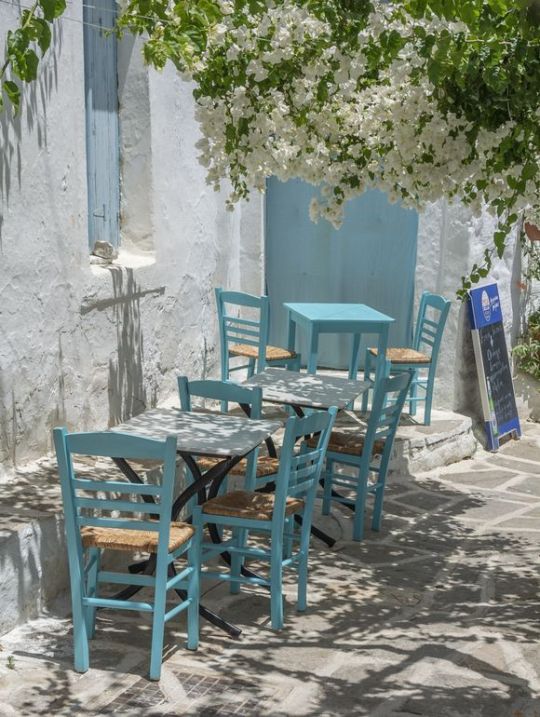
#greece#ελληνικο tumblr#greek posts#greek summer#greek tumblr#greece travel#visitgreece#ελληνικο ποστ#greek quotes#paros#cyclades greece#cyclades
168 notes
·
View notes
Text

After the rain
#sun rays#greece#photography#nature#colorful#greekislands#landscapephotograpy#sunset#summer#aegean sea#cyclades
115 notes
·
View notes
Photo
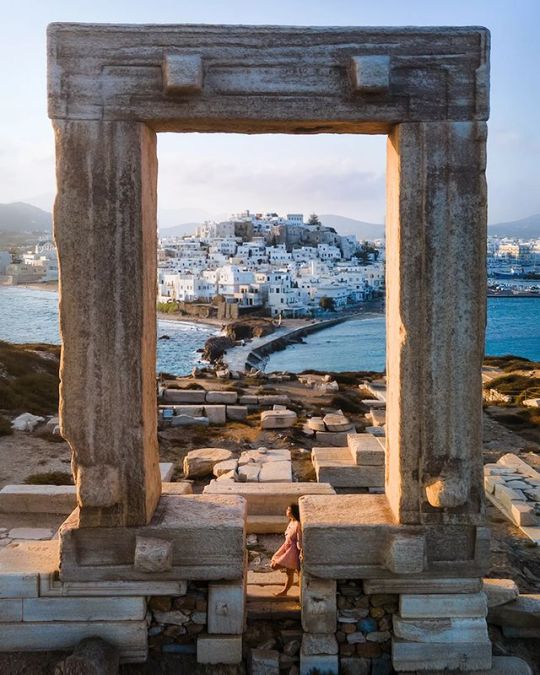
At the Gate of Apollo, Naxos island, Greece by Dain Anderson.
#greece#europe#travel#wanderlust#townscape#ancient greece#apollo#greek mythology#beach#landscape#naxos#cycladic islands#greek islands#cyclades#this puts the size of the gate into perspective
3K notes
·
View notes
Photo

Portara monument (Temple of Apollo)
Naxos Island, Greece
IG: athan_andreas
#naxos#greece#cyclades#portada#greek islands#greek island#ancient greece#ancient ruins#ancient column#greek temple#apollo#travel#milky way#temple of apollo#europe#wanderlust#greek#hellas
3K notes
·
View notes